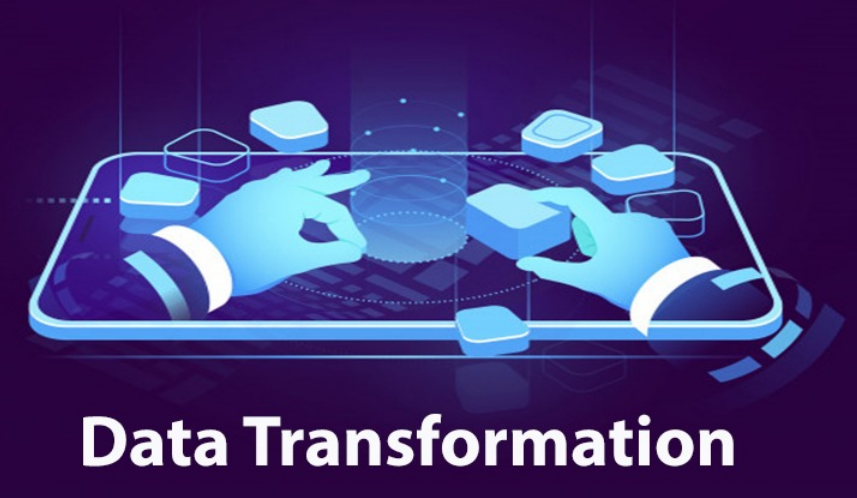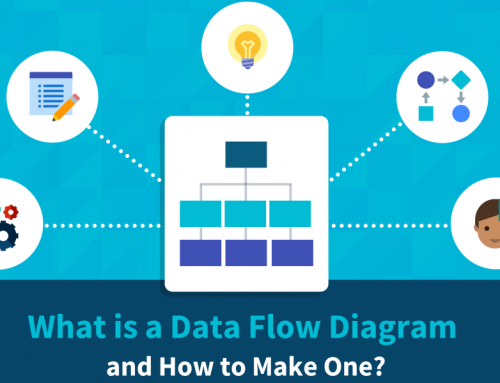Data Transformation 101
As the volume of data continues to grow, it opens up endless opportunities for your business to make better decisions and improve outcomes. But how can you use the full use of what you know about your business, customers, and competitors to make it more accessible to everyone in your business? The answer is data transformation. In this article, we’ll take a closer look at what data transformation is, its definition, benefits, and uses.
What is data transformation?
Data transformation is the process of converting data from one format or structure to another in computing. It is a fundamental aspect of most data integration and data management tasks such as data wrangling, data warehousing, data integration, and application integration.

What is data transformation?
It can be simple or complex, depending on the required changes to the data between the source data and the target data. Data transformation is usually performed through a mixture of manual and automatic steps. Depending on the format, structure, complexity, and amount of data being transformed, the tools and techniques used for data transformation can vary widely.
How is data transformation used?
The goal of data transformation is simple: extract data from the source, convert it into a usable format, and deliver the transformed data to the target system. The extract phase involves pulling data from different sources or locations into a central repository, so the data usually exists in its original form and is not available for use.
To ensure the availability of extracted data, it must be converted into the desired format through a series of steps. In some cases, you also need to clean up the data before the transformation takes place. This step resolves missing values and inconsistencies in the data set. The data conversion process is divided into five stages.
1. Discovery
The first step is to identify and understand the data in its original source format with the help of data analysis tools. Find all the sources and data types that need to be converted. This step helps you understand how you need to transform the data to fit the desired format.
2. Mapping
The transformation is planned during the data mapping phase. This involves identifying the current structure and the corresponding transformations required, and then mapping the data to understand how individual fields can be modified, joined, or aggregated at a basic level.
3. Code Generation
The code required to run the transformation process is created in this step using a data transformation platform or tool.
4. Execution
With the help of the code, the data is finally converted to the chosen format. That data is pulled from sources, ranging from structured to streaming, telemetry to log files. Next, the data is transformed as planned in the mapping phase, such as aggregation, format transformation, or merge. The transformed data is then sent to the target system, which can be a dataset or a data warehouse.
5. Review
We need to evaluate the transformed data to ensure that the transformation is achieving the desired results in terms of data format. It is also important to note that not all data needs to be transformed and can sometimes be used as-is.
What are the benefits of data transformation?
Data has the potential to directly impact an organization’s efficiency and bottom line. It plays an important role in comprehending customer behavior, internal processes, and industry trends. Although every organization has the ability to collect large amounts of data, the challenge is making sure that data is available. The data transformation process enables organizations to reap the benefits that data provides.
1. Data Utilization
If the data is collected in the wrong format, it often ends up not being used at all. With the transformation tools, organizations can finally realize the true potential of the data they accumulate, as the transformation process standardizes the data and improves its availability and accessibility.
2. Data Consistency
The constant collection of data from a variety of sources adds to the inconsistencies in metadata, which makes organizing and understanding the data a huge challenge. However, data transformation helps make it easier to understand and organize data sets.
3. Better Data Quality
The transformation process also improves the quality of the data, which can then be used to capture business intelligence.
4. Cross-Platform Compatibility
Data transformation also supports compatibility between data types, applications, and systems.
5. Faster Data Access Speed
It is faster and easier to retrieve data that has been converted to a standardized format.
6. More Accurate Insights and Predictions
The transformation process generates a data model, which is then transformed into metrics, dashboards, and reports that enable an organization to achieve specific goals. Metrics and key performance indicators help businesses quantify their work and analyze their progress.
Challenges of Data Transformation
Because of all the benefits that data transformation provides, organizations believe that data transformation is essential. However, there are also some challenges:
1. High Implementation Cost
The process of data conversion is often expensive. The cost of a solution depends on the infrastructure, software, and tools used, and is often higher given the additional resources that need to be hired, the computing resources, and the licensing of the tools used.
2. Resource Intensive
The transformation process is a resource intensive one. When performing transformations in a local data warehouse, there is a huge computational burden that slows down other operations. However, when using cloud-based data warehouses, this is not an issue because the platform can easily scale. In addition, it is important to point out that data transformation also requires the expertise of the data scientist, which can be costly and a distraction from other tasks.
3. Errors and Inconsistencies
If the operator does not have the appropriate expertise, many problems can crop up during the conversion process that can hinder the final result. Either a bad transformation that leads to flawed data or a migration that leads to failed and corrupted data is at risk.
Conclusion
Thank you for reading our article and we hope it can help you to have a better understanding of data transformation. If you want to learn more about it, we would like to advise you to visit Gudu SQLFlow for more information.
As one of the best data lineage tools available on the market today, Gudu SQLFlow can not only analyze SQL script files, obtain data lineage, and perform visual display, but also allow users to provide data lineage in CSV format and perform visual display. (Published by Ryan on Jun 5, 2022)
One Comment
Leave A Comment
If you enjoy reading this, then, please explore our other articles below:




[…] The quality of data mapping is key to making the best use of data in data migration, integration, transformation, and populating a data […]